The Complete Guide to Crete, Greece: Beyond the Beaches, Into the Soul of the Island
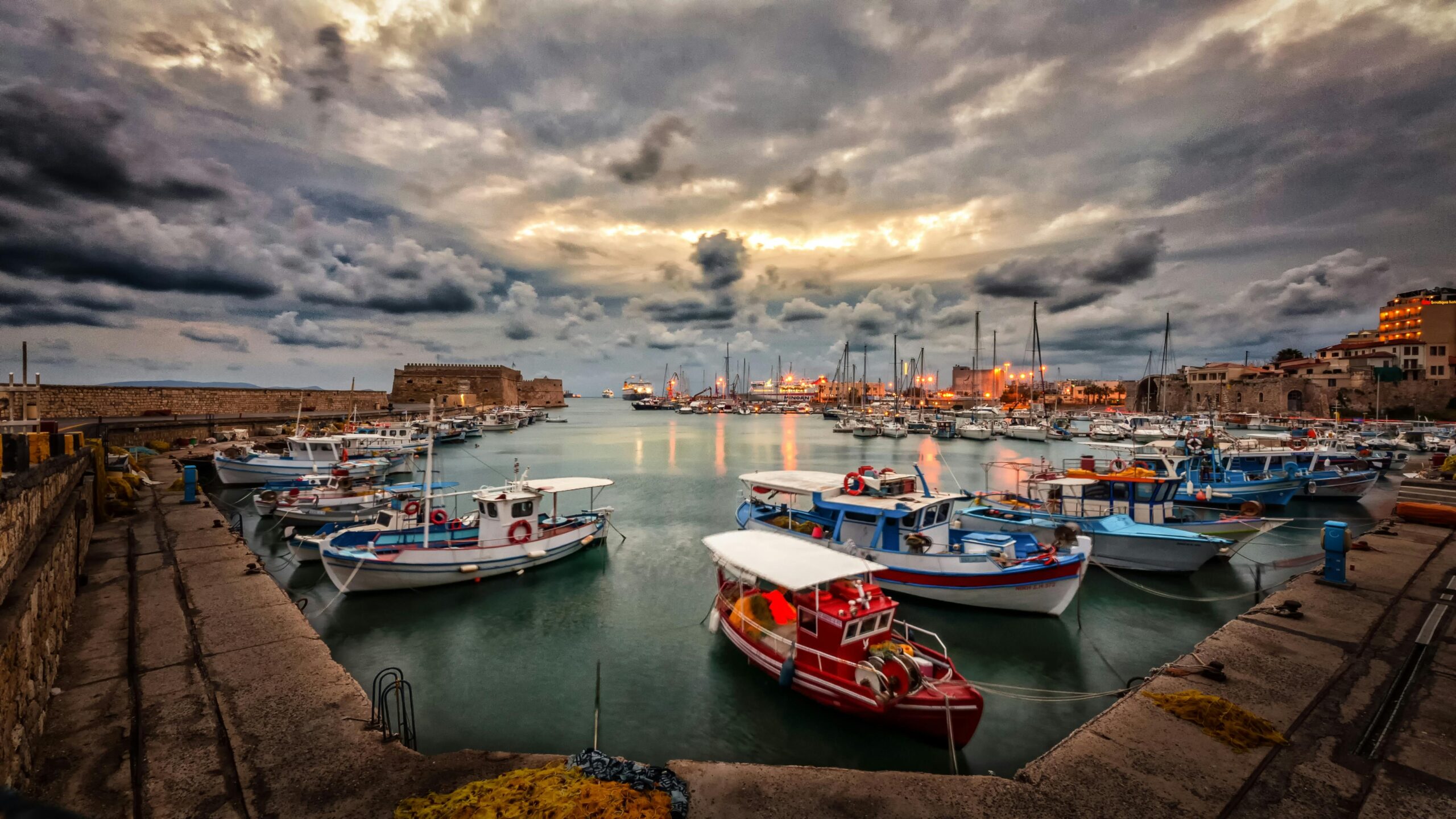
From snow-capped mountains to ancient ruins, from vibrant local communities to the beautiful, genuine, and incredibly welcoming Cretan people, this island will capture your heart completely. This comprehensive guide covers everything you need to know about planning, exploring, eating, and truly experiencing Crete.
Why Crete Stands Out as Greece's Most Captivating Destination

Crete's unmatched diversity sets it apart from every other Greek island. In a single day, you can swim in crystal-clear turquoise lagoons, hike through dramatic gorges, and explore ancient palaces. The landscapes feel like different continents, yet they're all within easy driving distance of each other.
Home to the ancient Minoan civilization—Europe's earliest advanced society—Crete's rich history comes alive in both archaeological sites and daily life. The traditional Cretan way of life, shaped by strong cultural traditions and an extraordinary culinary heritage, offers authenticity and warmth with far fewer tourist traps than popular destinations like Santorini or Mykonos.
Budget-conscious travelers will love that this europe crete gem offers diverse adventures at more affordable prices than other Greek islands, making it accessible for both backpackers and luxury travelers. The island's genuine hospitality means locals often invite visitors for coffee, share homemade treats, or offer personal tours of their neighborhoods—creating authentic connections that transform ordinary trips into unforgettable memories.
Planning Your Perfect Crete Adventure
When to Visit Crete: Understanding the Seasons
| Season | Months | Weather | Crowds | Prices | Best For |
|---|---|---|---|---|---|
| High Season | June-August | Hottest weather | Peak crowds | Highest prices | Beach parties, nightlife |
| Shoulder Season | April-May, Sep-Oct | Pleasant temperatures | Fewer crowds | Better prices | Local festivals, swimming |
| Low Season | November-March | Cooler weather | Minimal crowds | Cheapest rates | City exploration, mountains |
High Season (June-August) brings the hottest weather, biggest crowds, and highest prices, but offers vibrant nightlife and exciting beach parties.
Shoulder Season (April-May, September-October) provides ideal conditions with pleasant temperatures, fewer crowds, better prices, and local festivals. The sea stays warm for swimming well into October.
Low Season (November-March) offers authentic experiences with minimal crowds but cooler weather. Perfect for exploring cities and mountain activities, with the cheapest accommodations available.
How Long Should You Stay in Crete?
Minimum (4-5 days) allows you to focus on one region like Western Crete around Chania, covering the old town, major beaches, and local cuisine.
Recommended (7-10 days) provides the perfect balance for exploring multiple regions at a relaxed pace, experiencing diverse landscapes and making authentic discoveries.
Comprehensive (2+ weeks) enables you to see most attractions and hidden gems, allowing for deeper cultural immersion and meaningful local connections.
Getting to Your Europe Crete Adventure: Flights and Ferries
✈️ Find the Best Flights to Crete
By Flight: Two major airports serve Crete - Heraklion (HER) and Chania (CHQ). Budget airlines like RyanAir offer competitive prices from European cities. Direct flights from Zurich take just 2 hours and 50 minutes.
By Ferry: Scenic routes operate from Athens (6-9 hours) and Cycladic islands like Santorini (2 hours). SeaJets offers faster but more expensive services.
Getting Around Crete
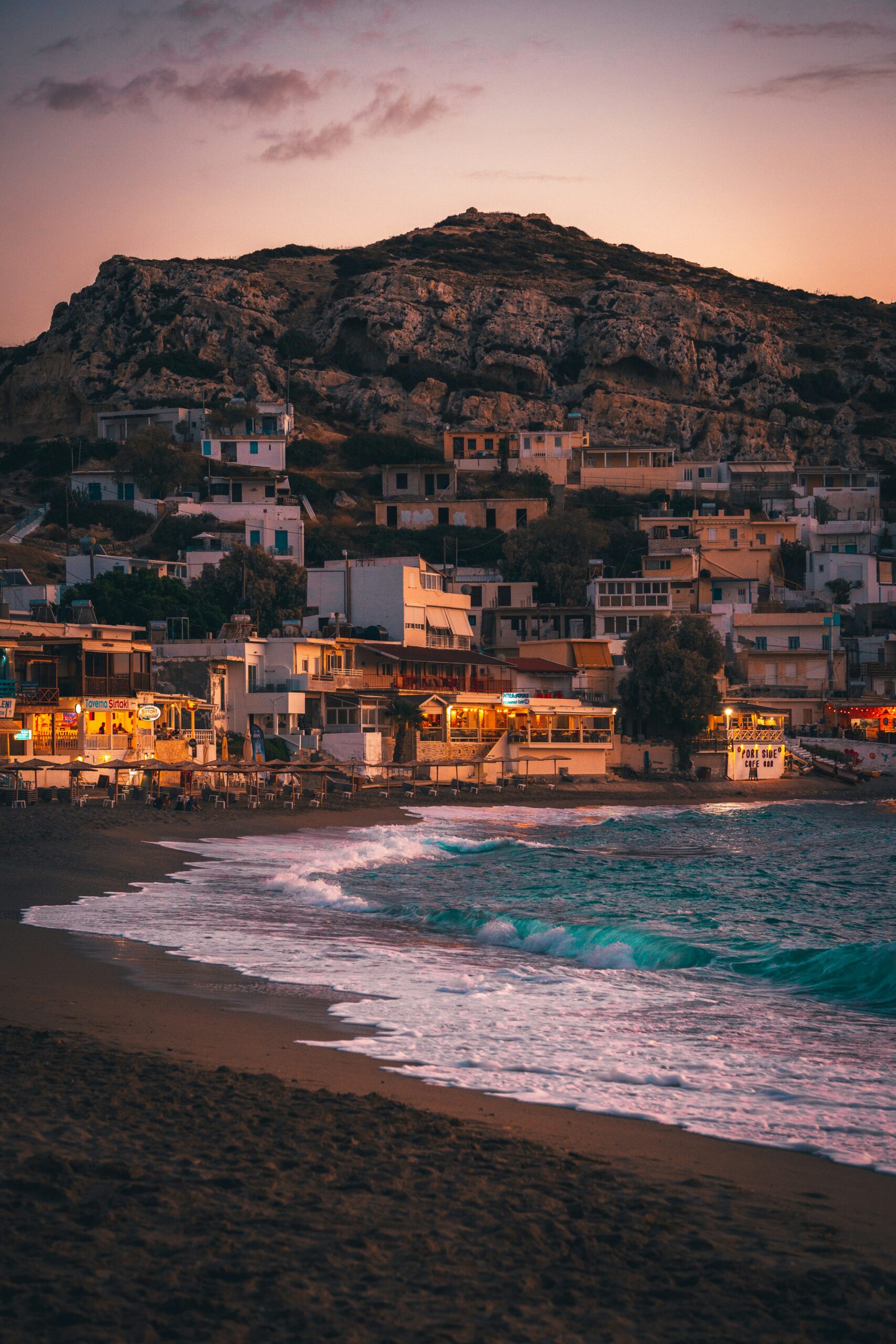
The island stretches 260 kilometers from east to west, so transportation planning is crucial for making the most of your experience.
Renting a Car (Highly Recommended) is essential for exploring hidden gems, as the island's size and limited public transport to remote areas make it challenging otherwise. Book in advance, especially during peak season, and prepare for narrow, winding mountain roads leading to beaches like Elafonisi and Balos. Many rental companies warn about potential vehicle damage on these routes, so consider comprehensive insurance for peace of mind. GPS is helpful, but don't rely on it completely—road signs can be inconsistent, and locals often provide better directions.
Public Transportation offers reliable bus service connecting major towns along the northern coast. The KTEL bus system runs regular routes between Chania, Rethymno, and Heraklion, but services to remote southern beaches and mountain villages can be infrequent. Tickets are cheaper when purchased directly from drivers rather than at stations.
Taxis work well for short distances within cities and airport transfers but become expensive for cross-island journeys. In smaller towns, taxi drivers often speak English and provide valuable local insights during rides.
Ferries are necessary for offshore attractions like Gramvousa Island, Spinalonga, and remote beaches accessible only by boat like Loutro. These boat trips often become trip highlights, offering spectacular coastal views and access to pristine swimming spots.
Motorbikes and Scooters provide economical alternatives for shorter distances, though mountain roads can be challenging. Always wear helmets and check insurance coverage.
Money and Safety
Crete uses the Euro (€), and while major credit cards are accepted in hotels and larger restaurants, cash is still king for authentic experiences. Smaller family tavernas, local markets, beach vendors, and mountain village shops often operate on a cash-only basis. ATMs are readily available in towns and cities, though they may charge fees—consider withdrawing larger amounts less frequently.
The island is remarkably safe with low crime rates and locals who are genuinely helpful rather than just polite. Petty theft is rare but can occur in crowded tourist areas during peak season—standard precautions apply. What sets Crete apart is the proactive helpfulness of residents who often escort lost tourists to their destinations, invite travelers for impromptu coffee, or share local knowledge freely. Stories abound of locals correcting overcharges, offering rides to stranded travelers, and providing homemade remedies for sunburn or other minor issues.
Where to Stay in Crete: Choosing Your Perfect Base
Your accommodation choice significantly influences your europe crete experience, as each region offers distinct character and access to different attractions. The island's strategic position makes it accessible from multiple European cities while offering diverse regional experiences.
Western Crete (Chania Focus) - Charm & Beaches
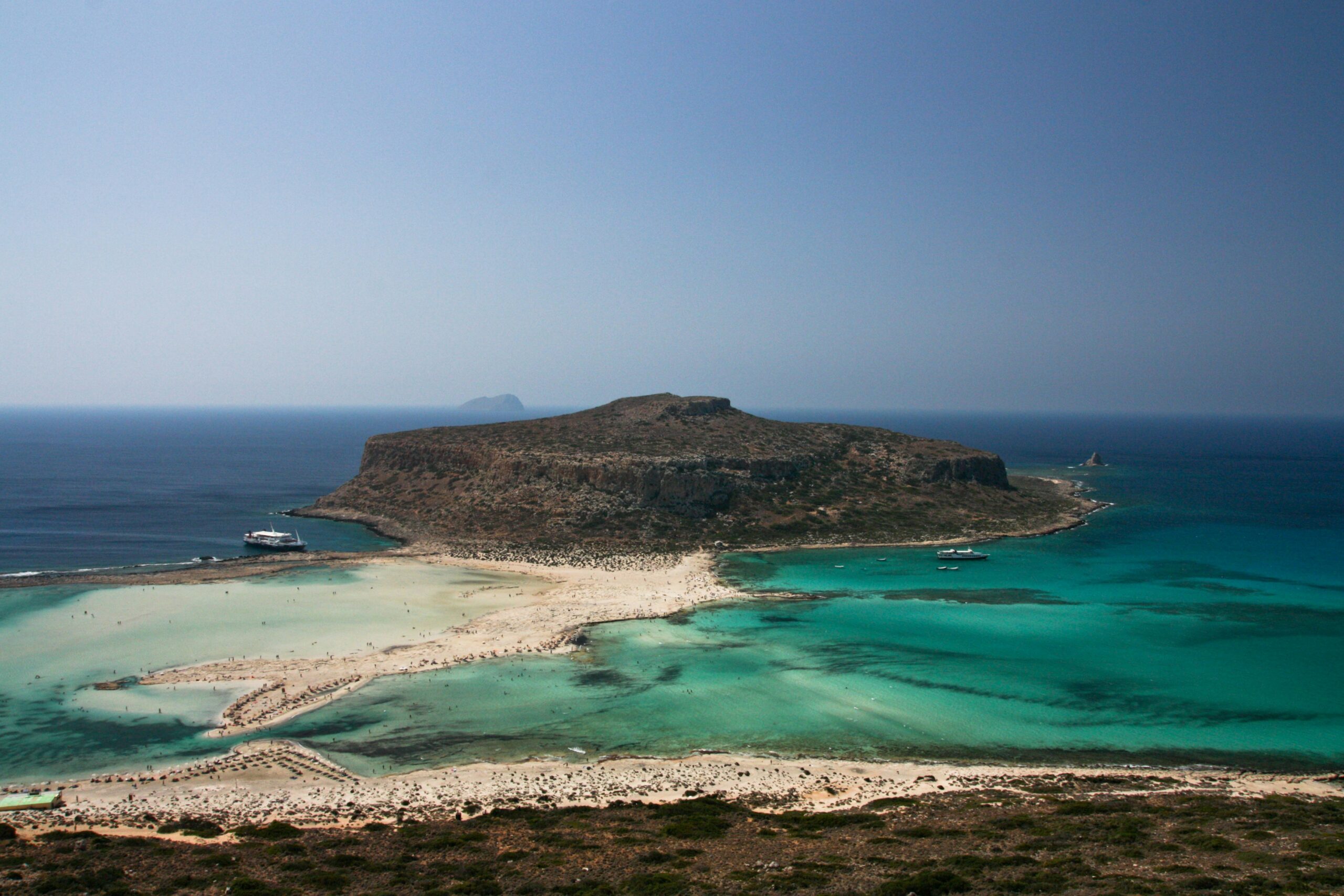
Western Crete, centered around enchanting Chania, is often recommended for first-time visitors due to its perfect blend of cultural attractions and world-class beaches.
Chania Old Town features a picturesque Venetian harbor that's been called one of the Mediterranean's most beautiful. The charming cobblestone streets wind through a living museum of Venetian and Ottoman architecture, while vibrant nightlife and world-class restaurants create an atmosphere that's both romantic and energetic. This area is ideal for boutique hotel stays where you wake to harbor views and fall asleep to gentle waves.
🏨 Top Hotels in Chania
Luxury accommodations include Casa Delfino, a stunning converted mansion offering intimate luxury, and Monastery Estate, providing exclusive tranquility in restored historic buildings. For beachfront luxury, Asterion Suites & Spa in Platanias provides modern comfort with direct beach access, while Domes Zeen Chania offers contemporary elegance with adult-focused amenities.
Mid-range options like Casa Minaretto and Hestia provide charming accommodations with authentic Venetian character and modern amenities. La Casa Nove and Madonna del Mare offer apartment-style lodging perfect for longer stays or families preferring self-catering flexibility.
Budget travelers and backpackers love Cocoon City Hostel, offering social atmosphere, co-working spaces, and pool areas perfect for meeting fellow travelers. Kumba Hostel provides more intimate backpacker experiences with local insights from knowledgeable staff.
Southern Coast locations like Loutro and Plakias offer dramatically quieter experiences. Loutro, accessible only by boat or hiking, provides ultimate tranquility without vehicle noise. Plakias offers good infrastructure with relaxed vibes and stunning mountain-to-sea scenery. Plakias Youth Hostel serves budget travelers seeking authentic, less touristy atmospheres.
Central Crete (Heraklion & Rethymno) - History & Nightlife
🏨 Hotels in Heraklion
Heraklion, the capital, offers the best access to archaeological sites like Knossos and the renowned Archaeological Museum. Rethymno provides the perfect halfway point with its charming Old Town and better nightlife options.
Eastern Crete (Lasithi/Agios Nikolaos) - Remote & Exclusive
Agios Nikolaos centers around the mysterious Lake Voulismeni. Elounda offers ultra-luxury resorts with private beaches. Ierapetra and Sitia serve as bases for unique attractions like Chrissi Island and Vai Palm Beach.
Must-See Attractions and Experiences in Crete
Iconic Beaches & Lagoons
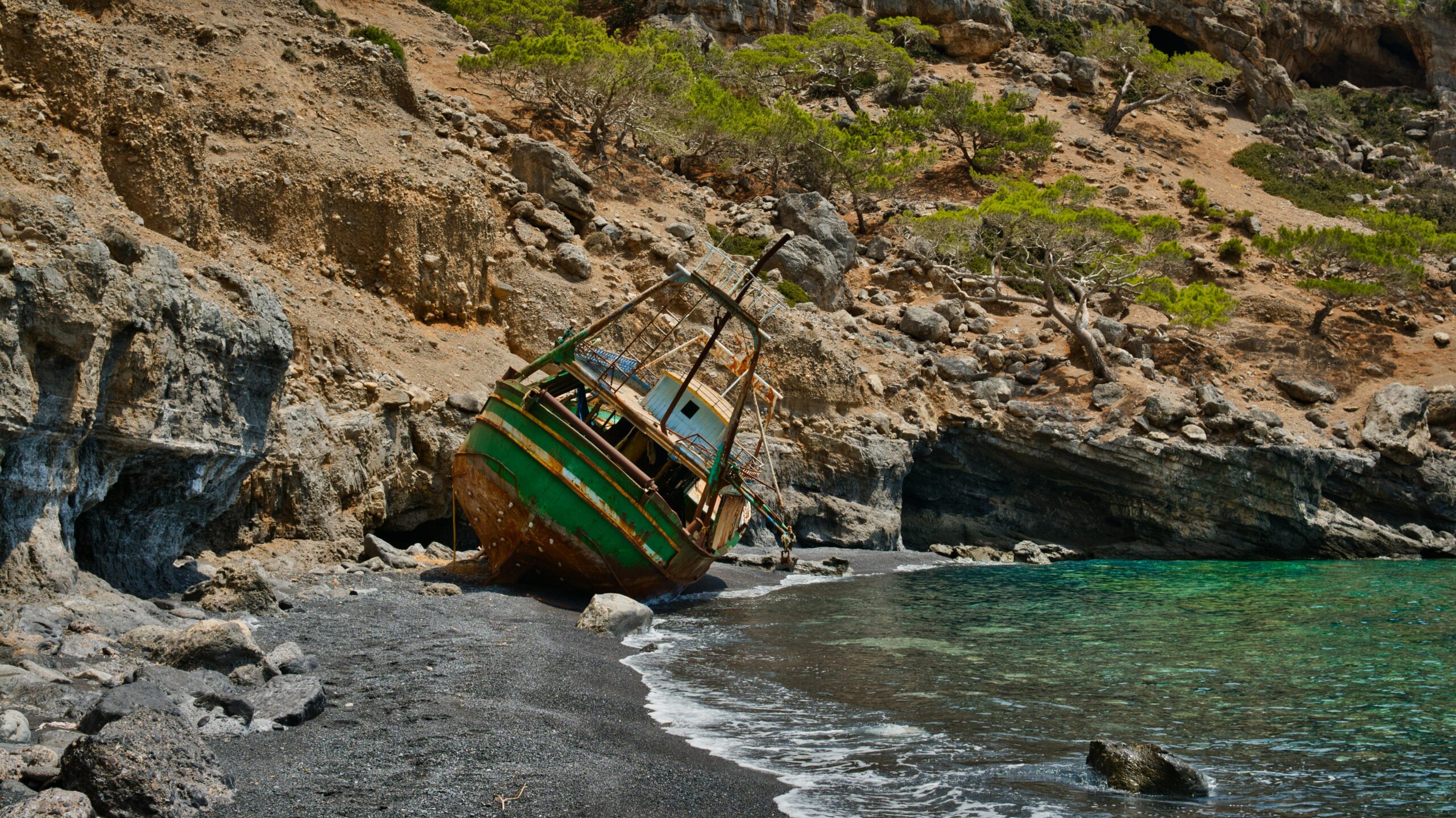
Elafonisi Beach features famous pink sands and crystal-clear waters, though the drive can be challenging. Arrive early or consider organized tours.
Balos Lagoon offers otherworldly beauty with turquoise waters and white sands. Access via ferry from Kissamos is recommended due to the difficult off-road drive.
Seitan Limania Beach provides a unique zigzag inlet perfect for cliff-jumping, but gets crowded quickly.
Falassarna Beach offers spacious relaxation on the western tip with amenities and spectacular sunset views.
Preveli Beach creates a unique landscape where a river meets the sea, surrounded by palm trees and canyon walls.
Ancient History
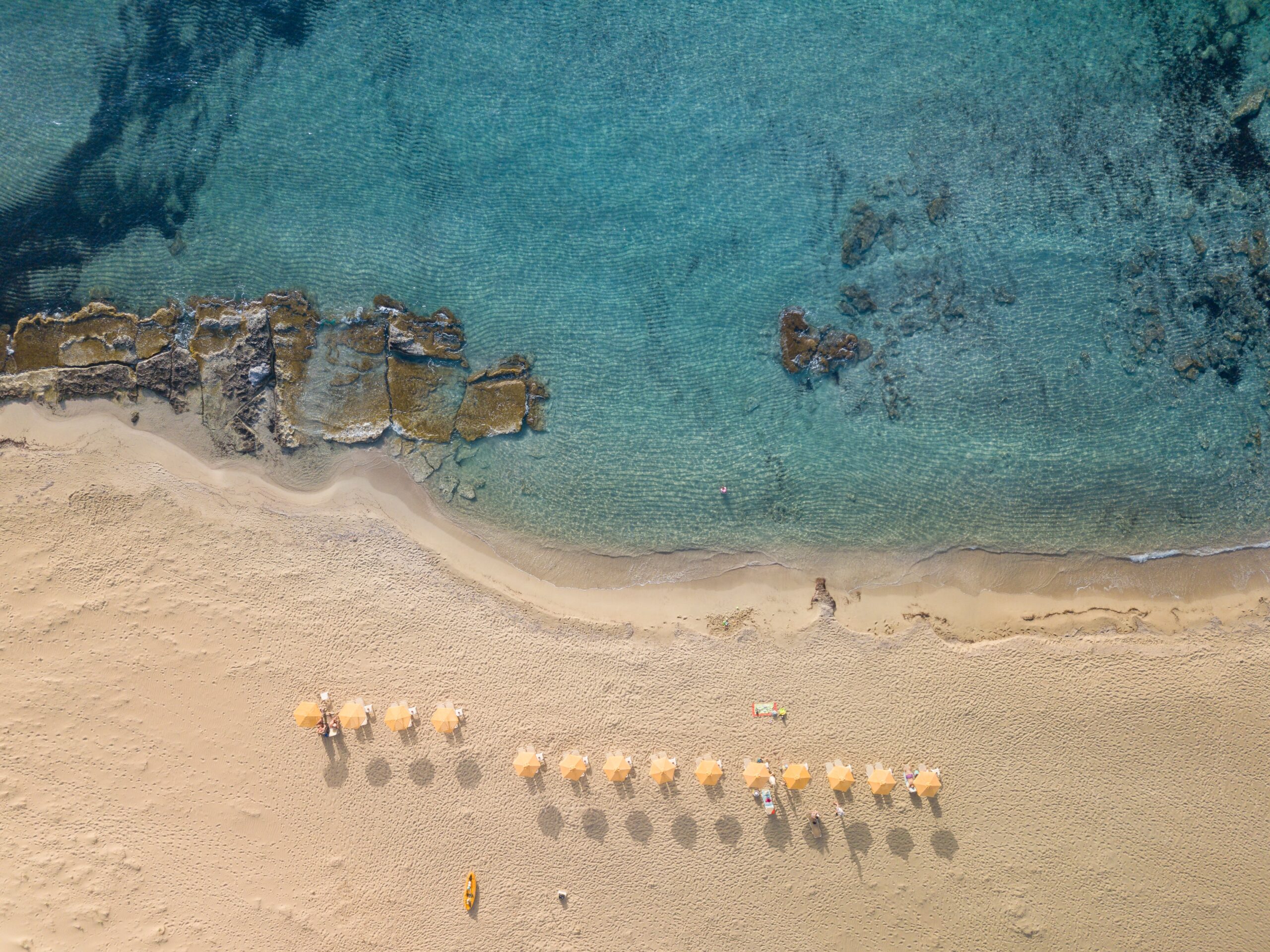
Palace of Knossos represents Europe's first palace complex and the center of Minoan civilization. Pair it with the Heraklion Archaeological Museum for complete understanding using joint tickets.
Spinalonga Island combines Venetian fortress history with unique leper colony heritage, accessible by ferry from Agios Nikolaos.
Ancient Olive Tree of Vouves showcases living history—one of the world's oldest olive trees still producing fruit after 3,000+ years.
Natural Wonders & Adventure
Samaria Gorge provides full-day challenging hikes through Europe's longest gorge, ending at the Libyan Sea. Look out for rare Kri-Kri goats along the way.
Cave of Zeus (Dikteon Cave) combines mythology with geology in this sacred site featuring impressive stalactites.
Lake Kournas, Crete's only freshwater lake, offers paddle boating and mountain swimming alternatives.
Cultural Towns and Villages
Chania Old Town preserves remarkable Venetian and Ottoman architecture through charming alleyways in the Venetian quarter, Jewish quarter (Etz Hayyin Synagogue), and Turkish neighborhood (Splantzia).
Rethymno Old Town creates a labyrinth of Venetian wonders with impressive fortress views.
Kritsa Village exemplifies traditional mountain life with local workshops and authentic artisan crafts.
Agia Triada Monastery impresses with orange buildings among vineyards, offering wine tastings conducted by monks.
A Culinary Journey: Discovering the Flavors of Crete
The Cretan Diet: A Recipe for Longevity
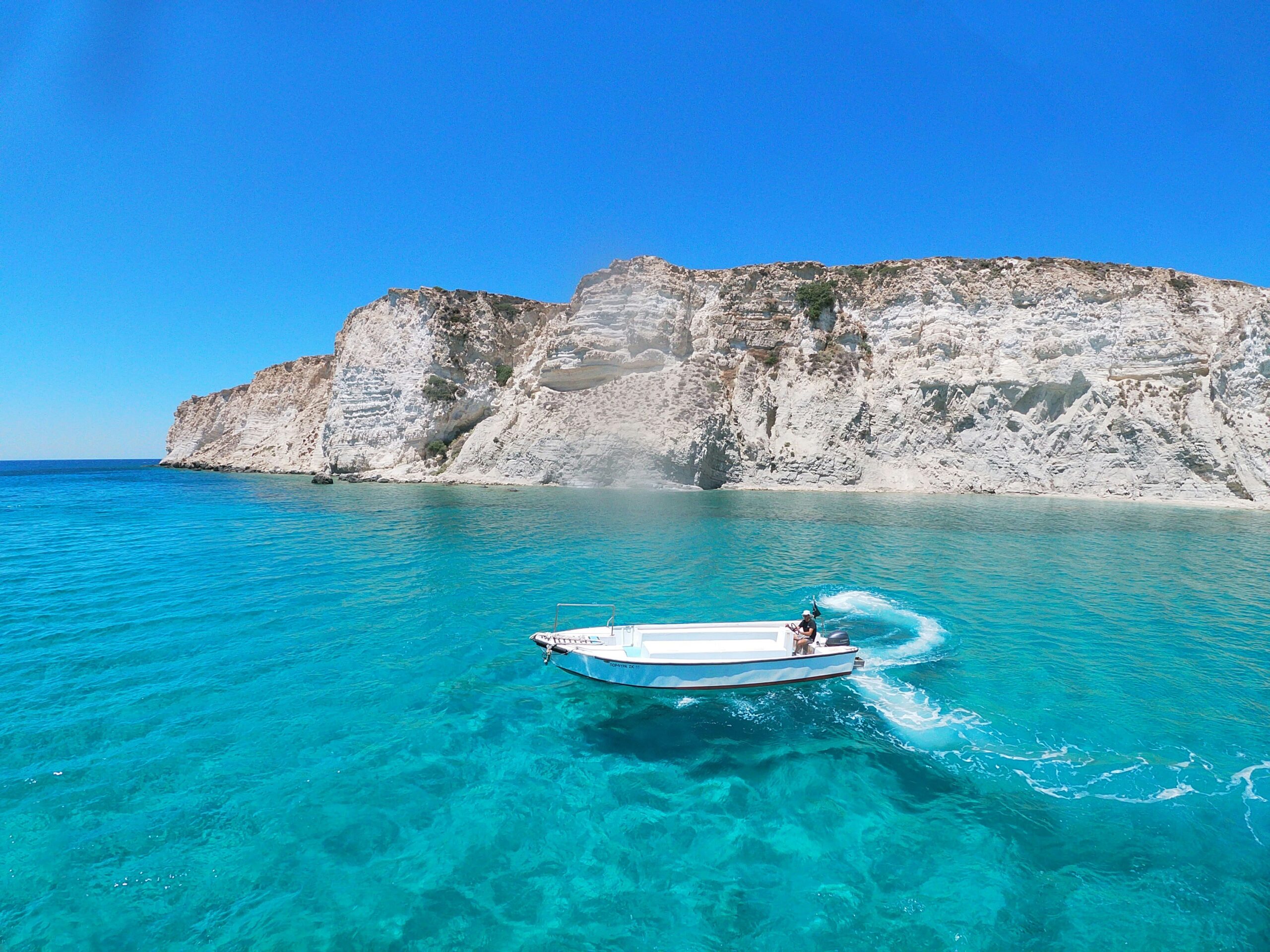
The traditional Cretan diet emphasizes fresh, organic vegetables, world-leading olive oil consumption, whole wheat, and wild herbs. Studies show exceptional longevity with low heart disease and cancer rates attributed to this healthy eating pattern that makes this europe crete destination famous among health enthusiasts.
Must-Try Dishes
Dakos - barley rusk topped with tomatoes, local cheese, oregano, and olive oil
Sarikopitakia - olive oil-fried pastries filled with cheese and drizzled with honey
Gyros - often superior to mainland versions with perfect seasoning
Cretan Cheeses - including Saganaki (deep-fried) and Kalitsounia (sweet/herb pastries)
Fresh Seafood - grilled octopus, red mullet, and seabream
Raki - Crete's answer to ouzo
Espresso Freddo - the local coffee of choice
Restaurant Recommendations
Heraklion: Peskesi (farm-to-table excellence), Alla ki Alla (music and dancing)
Chania: Salis (elevated traditional cuisine), Perperas (waterfront dining), Tamam (popular Cretan favorites)
Rethymno: Avli Rustic Fine Dining (authentic tastes with cooking classes)
Agios Nikolaos: Skala (best calamari on Lake Voulismeni)
Trust locals for recommendations and make reservations, especially during shoulder season.
Tours and Unique Experiences
Gastronomic Tours include wine and olive oil tastings with transportation and expert guidance, showcasing why this europe crete destination is renowned for its culinary heritage.
Adventure Tours offer scuba diving for all levels, off-road buggy adventures, and Land Rover safaris accessing remote areas.
Island Hopping features Dia Island from Heraklion, Chrissi Island from Ierapetra, and catamaran cruises with BBQ.
Cultural Tours provide Knossos skip-the-line access, Zeus Cave visits, and traditional village experiences.
Day Trips: Santorini and Beyond
Santorini makes a possible day trip (2-3 hours by ferry) though overnight stays are recommended for sunset experiences. Ferry connections also reach Naxos, Paros, and Mykonos, each offering distinct character and often better value than the more expensive Mykonos. For more detailed information about Greek island hopping, visit Visit Greece.
Practical Tips for Seamless Travel
- Book accommodations and restaurants in advance - essential even during off-season
- Carry cash for small shops and traditional tavernas
- Pack smart with light clothing, layers, multiple swimsuits, and comfortable shoes
- Consider travel insurance for adventurous activities
- Keep a change of clothes in your car for easy beach-to-dinner transitions
Crete vs. Other Greek Islands
Crete vs. Santorini: Crete offers better beaches, traditional villages, and authentic experiences. Santorini provides iconic caldera views and concentrated attractions.
Crete vs. Mykonos: Crete delivers diverse adventures beyond partying with better value, while Mykonos focuses on luxury beach clubs and international nightlife.
This special europe crete destination's unique appeal lies in its size, diverse landscapes, authentic culture, incredible food, and warm locals creating a destination that feels like a country unto itself.
Frequently Asked Questions
How many days in Crete is enough? Minimum 5 days for a proper introduction; 2+ weeks to see most attractions and hidden gems.
Which side is best? Western Crete (Chania) is recommended for first-timers due to spectacular beaches and charming towns.
Is Crete better than Santorini? Depends on your goals - Crete excels in beaches, authenticity, and value; Santorini offers iconic scenery and romance.
Do you need a car? Highly recommended for exploring hidden gems and remote destinations.
Your Unforgettable Journey Awaits
Crete represents a unique blend of adventure, culture, cuisine, and human connections unlike anywhere else in the Mediterranean. This remarkable europe crete destination offers diverse landscapes, living history, extraordinary food,
